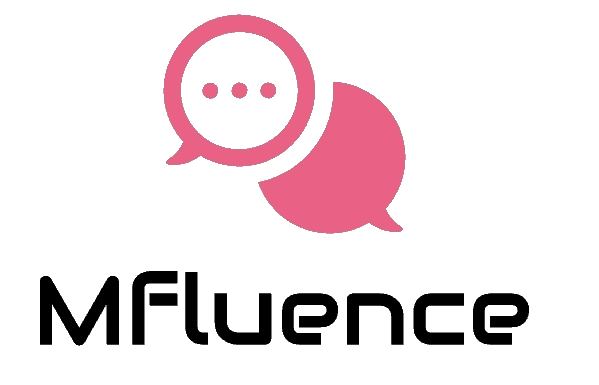In today’s fast-paced world, customers expect immediate and effective support across all channels. Juggling multiple communication platforms and fragmented customer data can quickly lead to frustration for both customers and agents. This is where omnichannel customer service software steps in, offering a powerful solution to transform the way Mfluence approaches customer service.
Transforming Customer Service for Mfluence
Omnichannel software goes beyond simply streamlining communication. Here’s how it can transform customer service for Mfluence:
- Boosting Agent Efficiency: Agents have all customer information and interaction history readily available, eliminating the need to switch between platforms or request information. This translates to faster resolution times and frees up time for agents to focus on complex cases and proactive customer engagement.
- Empowering Self-Service: Software can integrate with self-service options like FAQs and knowledge bases, allowing customers to find answers independently. This reduces the burden on agents and empowers customers to resolve simple issues on their own time.
- Data-Driven Decision Making: Omnichannel software gathers valuable customer data, providing insights into their behavior, preferences, and pain points. This empowers Mfluence to identify trends, anticipate customer needs, and develop targeted support strategies.
- Improved Customer Satisfaction: By offering a seamless, efficient, and personalized experience, Mfluence can significantly improve customer satisfaction. Happy customers are more likely to return and become brand advocates, driving loyalty and repeat business.
Investing in Transformation with Omnichannel Software
Here are some key considerations for Mfluence when selecting omnichannel customer service software:
- Scalability: Choose a solution that can grow with your business, accommodating future needs and a burgeoning customer base.
- Ease of Use: Invest in software that is user-friendly for both agents and customers, ensuring a smooth learning curve and positive experience.
- Integrations: Seamless integration with existing CRM, marketing automation, and e-commerce platforms is crucial to ensure a unified customer experience.
- Reporting & Analytics: Robust reporting tools allow you to track key metrics (resolution times, customer satisfaction), identify areas for improvement, and measure the ROI of your investment.
Conclusion
By implementing omnichannel customer service software, Mfluence can transform its customer support operations. This empowers you to create a more efficient, effective, and personalized experience for your customers, ultimately driving business success and fostering long-lasting customer loyalty. Embrace the future of customer service and embrace omnichannel software!https://calendly.com/business-mfluence Learn More About Our CRM Software.
